HUNG YEN The An Xa Temple terracotta altar was crafted in the 16th century using traditional manual methods, with elaborate carvings of dragons and lotus flowers.
An Xa Temple, An Vien Commune, Tien Lu District, was built in the 16th-17th century, and includes a national treasure, a terracotta tower, recognized by the Prime Minister in January. Archaeological excavation results at the base of the tower and historical documents show that the tower was built during the Mac Dynasty, and the terracotta altar is the same age as the tower.
"The altar is handcrafted with sophisticated and unique firing and carving techniques, not molded into a certain model, bearing the mark of the era in which it was produced," the dossier of the Department of Cultural Heritage stated.
Many terracotta blocks are tightly joined together to form a complete, rectangular altar, located in the temple's sanctuary. Seen from afar, the altar has the shape of a large lotus, divided into four parts: the face, the body, the legs and the pedestal. The pedestal surface is shaped like a blooming lotus with two layers of petals, wide and plump, embracing the pedestal above.
According to the Department of Cultural Heritage, lotus pedestals have existed since the Ly - Tran Dynasty (11th - 14th century), but most of them were made of stone or wood. The terracotta altar of An Xa Temple is considered rare. This is a milestone for the transition from stone to terracotta, especially with the combination of patterns containing elements of Buddhism, Confucianism, and Taoism mixed and intertwined.

Terracotta altar of An Xa temple, An Vien commune, Tien Lu district, Hung Yen province. Photo: Department of Cultural Heritage
The pedestal is the smallest in size but is decorated with many patterns. The front and back are divided into three rectangular panels, each panel is embossed with a dragon image with graceful lines, creating the feeling of a dragon flying between heaven and earth. The dragon on the left has its head and tail curled downwards, its body curled upwards, and twisted in two parts. The dragon in the middle panel has its head curled downwards, and its body only twisted once at the back. The dragon on the right has its head and tail facing upward, its body twisting in two parts, its neck and tail.
"The dragons with their comfortable, unruly postures, each with its own style, have shown the diversity and folklore of this image in fine arts, creating a diversity that few relics still preserve," the Department of Cultural Heritage assessed.
The base of the pedestal has clusters of spiral patterns, an art form of the Mac Dynasty. The pedestal legs are smooth and flat, without any patterns. The pedestal base is large, crafted in the style of "kneeling feet and fish belly" with raised spiral patterns. In addition to dragons and lotus flowers, the altar is also carved with many stylized chrysanthemums.
Currently, there are only a few places in the country that preserve terracotta altars, such as Bong Lai Pagoda (Phu Tho), Tram Gian Pagoda and Mui Pagoda ( Hanoi ). The terracotta altars at An Xa Temple and Bong Lai Pagoda are the longest and are typical terracotta works of art in Vietnam.
Terracotta bricks are cheaper and easier to find than stone, showing that the development of art and decoration in Mac Dynasty architecture is imbued with folk and national nuances. "The altar reflects the characteristics of Vietnamese religion in history with harmony and mutual influence. This is a unique artifact, with great historical, cultural and artistic value in the history of Vietnamese fine arts," the application for recognition as a treasure stated.
VnExpress.net



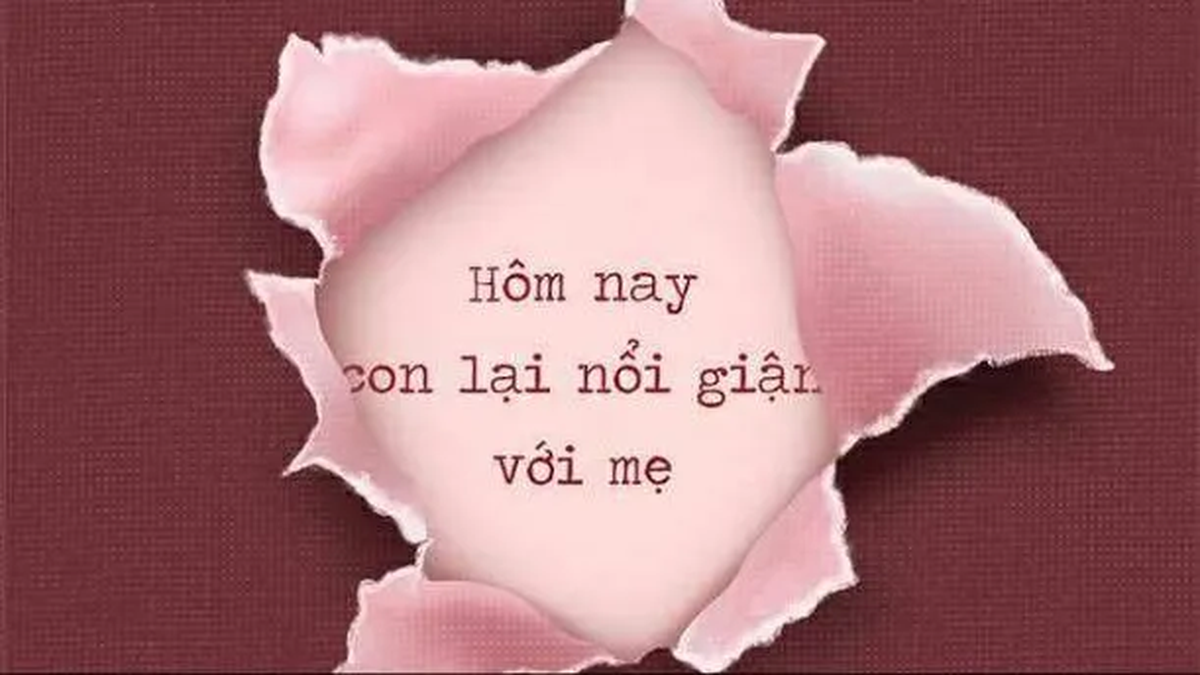

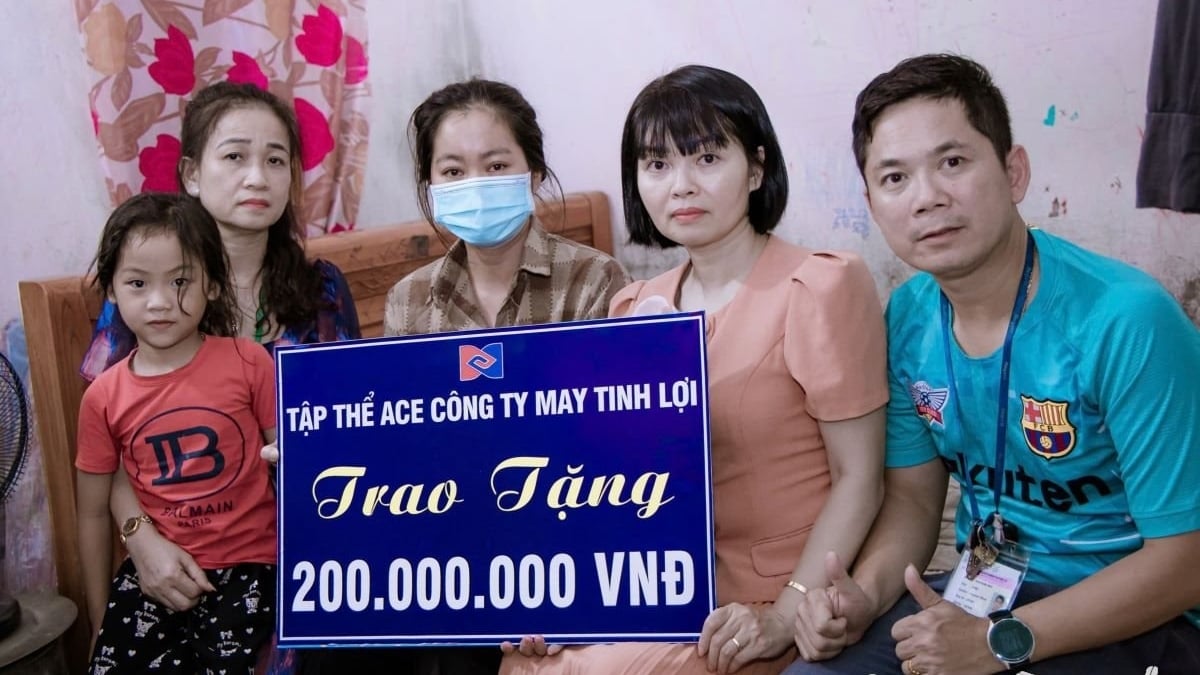
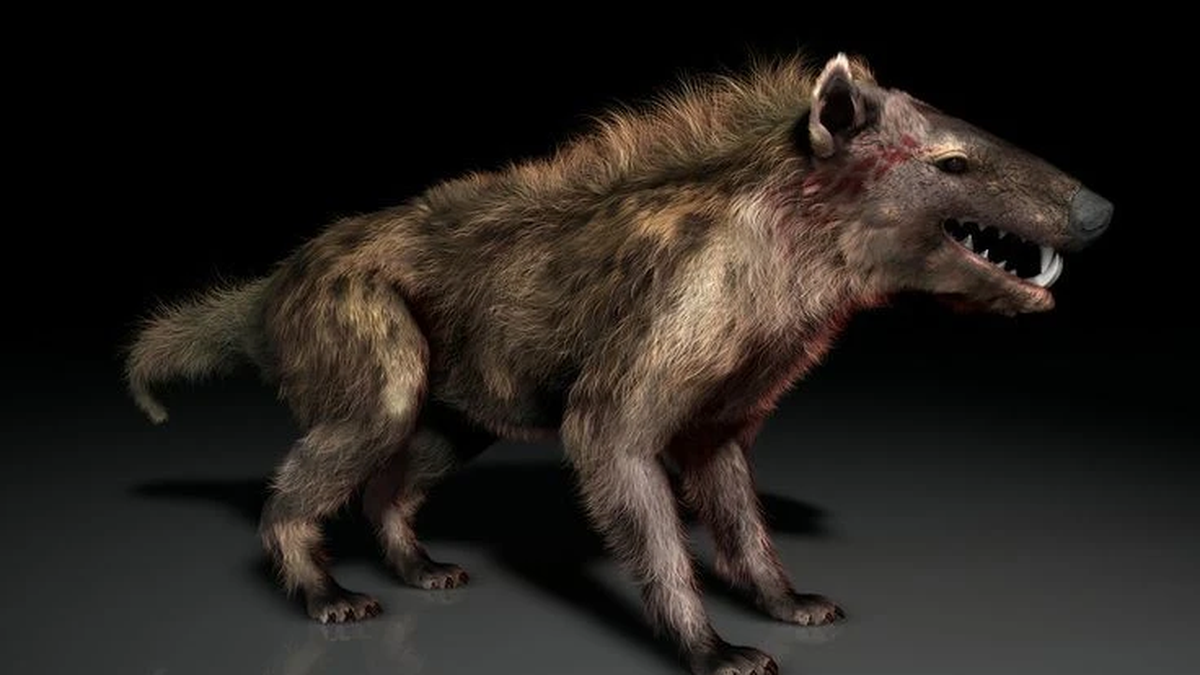
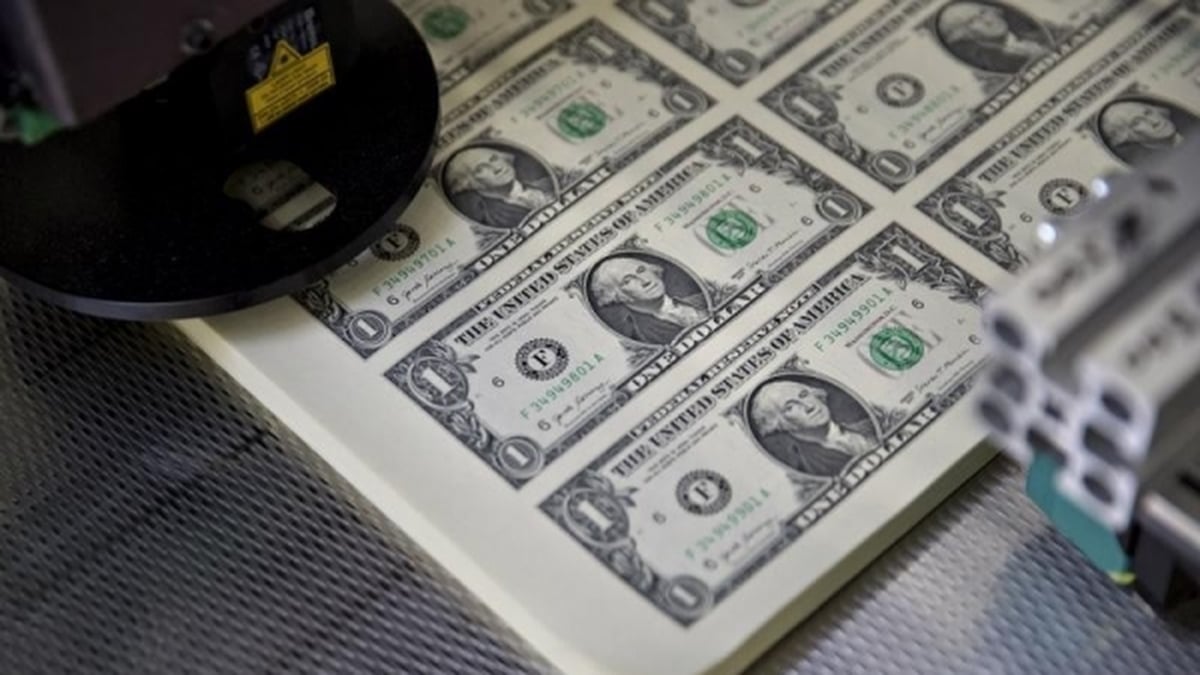

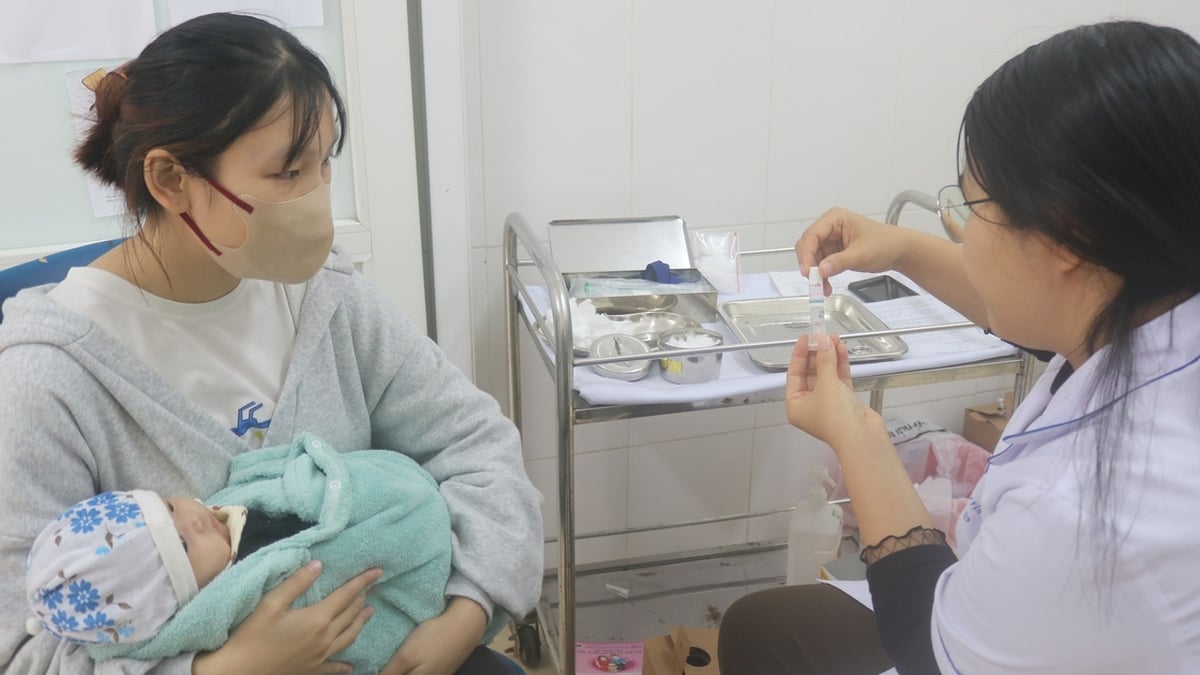

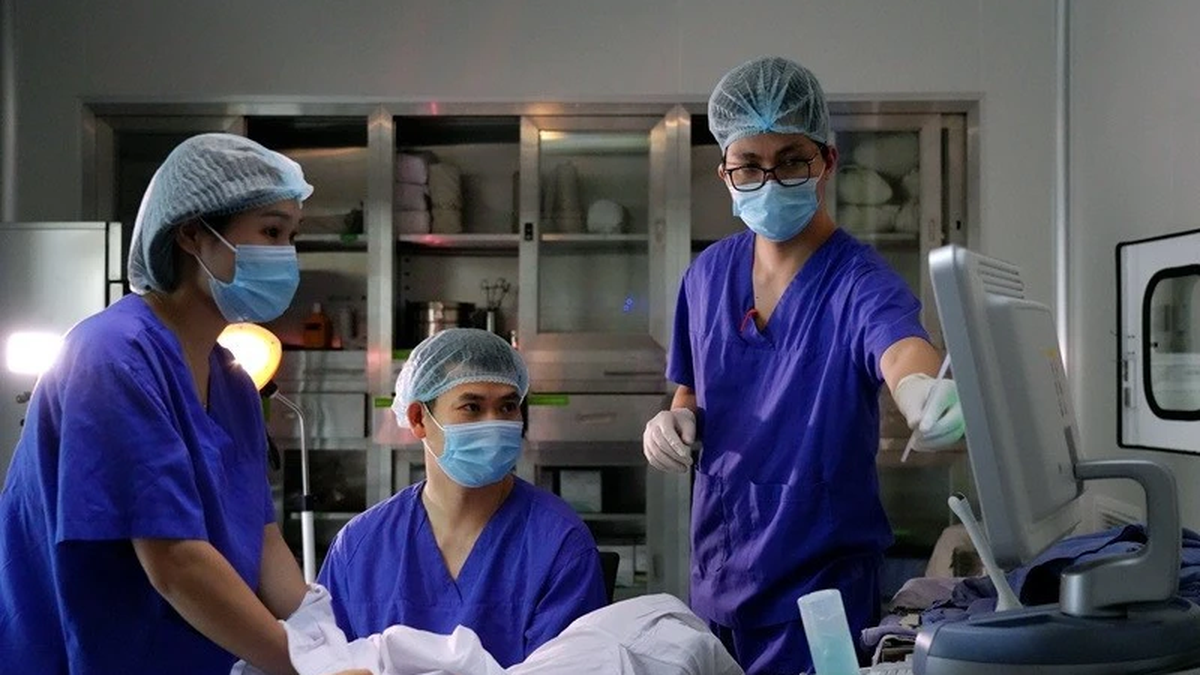































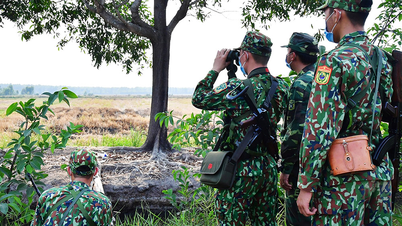












![[Maritime News] Container shipping faces overcapacity that will last until 2028](https://vphoto.vietnam.vn/thumb/402x226/vietnam/resource/IMAGE/2025/7/30/6d35cbc6b0f643fd97f8aa2e9bc87aea)





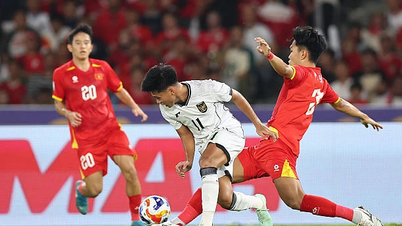

































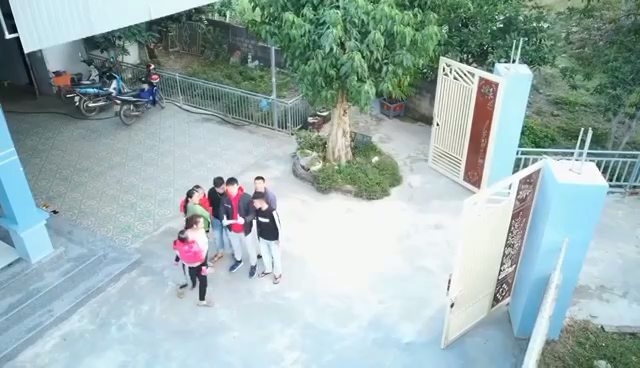

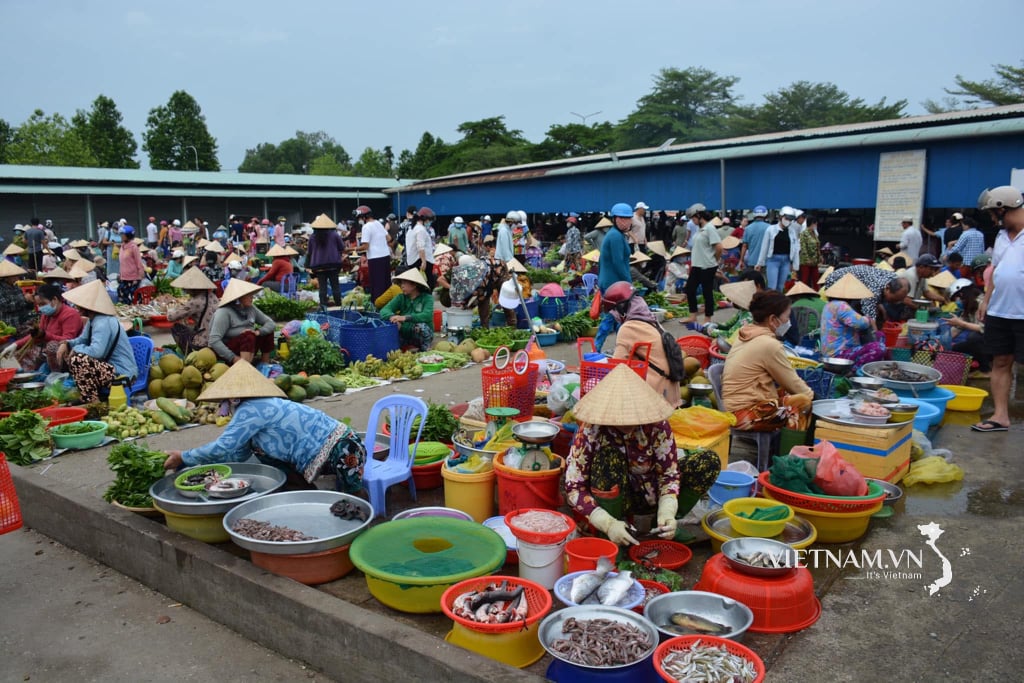
Comment (0)